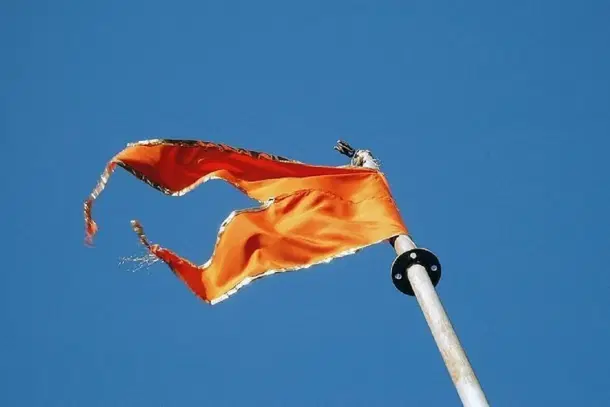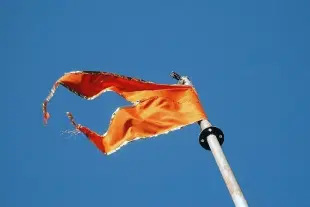News Brief
From Narrative To Acquittal: The Rise And Fall Of The ‘Saffron Terror’ Theory
Shrinithi K
Jul 31, 2025, 05:41 PM | Updated 05:43 PM IST
Save & read from anywhere!
Bookmark stories for easy access on any device or the Swarajya app.


Seventeen years after the Malegaon blast shook Maharashtra and set off a political storm, a special NIA court in Mumbai has acquitted all seven accused, including Pragya Singh Thakur and Lt Col Prasad Purohit.
With this verdict, the phrase 'Hindu terror' is shown to be a bogey, most likely created to guilt-trip a community for crimes its members did not commit, or, to create a false equivalence with a community whose members did indeed commit acts of terror.
Malegaon 2008: The Spark That Lit a Political Fire
On 29 September 2008, an explosion tore through Bhikku Chowk in Malegaon, a Muslim-majority town in Maharashtra, killing six and injuring over 90.
The timing — during Ramzan — and the nature of the attack gave the incident immediate national significance.
The Maharashtra Anti Terrorism Squad (ATS), then headed by Hemant Karkare, traced the motorcycle used in the blast to Pragya Singh Thakur. Despite its tampered identification, forensic testing allegedly linked it to her.
Soon, Thakur, Lt Col Purohit, and others associated with the group Abhinav Bharat were arrested.
Charges under the Indian Penal Code (IPC), Unlawful Activities Prevention Act (UAPA), and the stringent Maharashtra Control of Organised Crime (MCOCA) followed.
The Inception of a New Phrase: ‘Hindu Terror’
What made the Malegaon case different was the language it introduced into Indian counter-terror discourse. For the first time, the focus of a terror investigation shifted from radical Islamist groups to 'Hindu nationalist' individuals.
A 4,000-page chargesheet from the ATS framed Abhinav Bharat as a criminal syndicate with ideological motives.
The political impact was swift and seismic.
Congress leader Digvijaya Singh emerged as the most vocal proponent of this new framing, alleging links between so-called Hindutva organisations and terror plots — from Malegaon to the Samjhauta Express to even the 26/11 Mumbai attacks.
From Singh to Cables: Congress’s International Echo
Between 2008 and 2011, Singh amplified the “saffron terror” narrative, referring to alleged RSS-run “bomb-making factories".
His controversial comments extended to questioning the 2008 Batla House encounter and drawing unproven connections between Hindu groups and major terror strikes.
The discourse wasn’t confined to India.
Leaked US diplomatic cables from WikiLeaks revealed that Congress MP Rahul Gandhi, in a meeting with US Ambassador Timothy Roemer, identified “radicalised Hindu groups” as a greater threat than Islamic outfits like Lashkar-e-Taiba.
Even India’s then NSA MK Narayanan was recorded discussing “Hindu extremist groups” with the FBI director in 2009.
Shifting Ground : NIA Finds Fault in ATS Probe
In 2011, the Malegaon case was transferred to the National Investigation Agency (NIA), which found “serious lacunae” in the earlier investigation.
It eventually dropped MCOCA charges, citing invalid confessions and lack of admissible evidence.
By 2017, both Thakur and Purohit were granted bail due to insufficient grounds for continued incarceration. In 2019, Pragya Singh Thakur contested and won the Bhopal Lok Sabha seat on a BJP ticket, as the political narrative reversed course.
As the trial continued, over 300 witnesses were examined, and many turned hostile.
The prosecution's case weakened.
On 31 July 2025, the NIA court acquitted all seven accused, stating that the case failed the threshold of proof “beyond reasonable doubt.”





